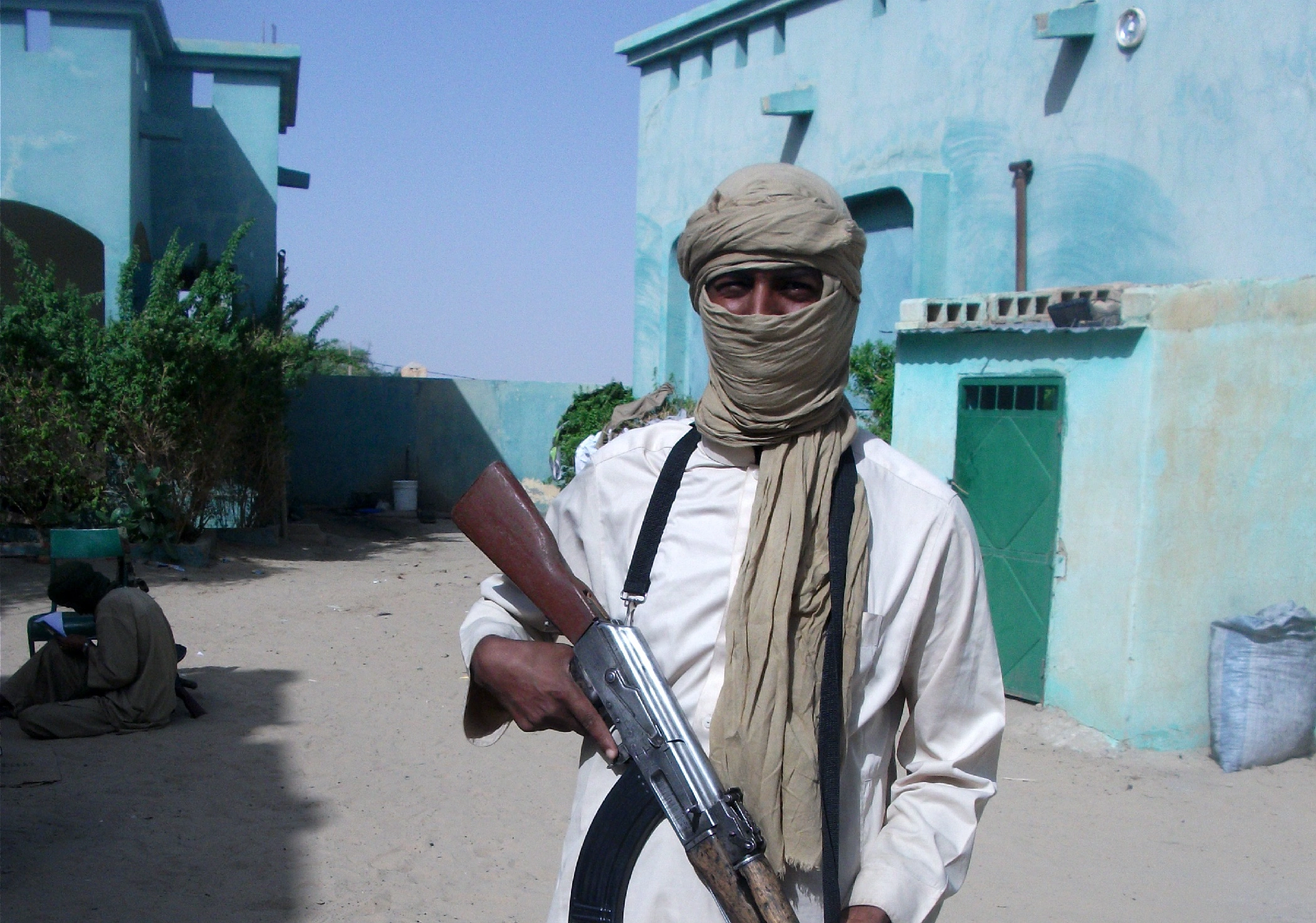Air pollution in India’s national capital, Delhi, increased to ‘severe’ on an official index on Wednesday for the first time this season as temperatures and wind speeds dropped, reducing visibility and affecting some flights.
Delhi overtook Pakistan’s Lahore as the world’s most polluted city in Swiss group IQAir’s live rankings, and India’s pollution control authority said the national capital territory’s 24-hour air quality index (AQI) score had touched 418.
The Central Pollution Control Board defines an AQI reading of 0-50 as “good”, and above 401 as “severe”, which affects healthy people and “seriously impacts” those with existing diseases. The ‘severe’ air pollution in Delhi has led to the worsening of smog, a toxic mix of smoke and fog, that the city battles every winter as cold air traps dust, emissions, and smoke from illegal farm fires.
The Indian capital battles smog – a toxic mix of smoke and fog – every winter as cold air traps dust, emissions, and smoke from illegal farm fires.
Authorities have on occasion closed schools, stopped some building work, and placed restrictions on private vehicles to curb the problem.
Pakistan’s Punjab province, which shares a border with India and is also battling toxic air, has this month banned outdoor activities, closed schools and ordered some shops, markets, and malls to close early.
The concentration of PM2.5 – particulate matter measuring 2.5 microns or less in diameter that can be carried into lungs, causing deadly diseases and cardiac issues – in Delhi was more than 120 times the World Health Organisation’s recommended levels on Wednesday morning, IQAir said.
Weather department officials also blamed the smog, which reduced visibility to zero in some places, on high humidity, low wind speed, and the minimum temperature dropping to 17 degrees Celsius (63 degrees Fahrenheit) from 17.9 C a day before.
At least eight flights were diverted from the city’s Indira Gandhi International Airport, news agency ANI reported.
Dense fog – defined as that which reduces visibility to 50-200 metres (164-657 ft) – was expected to continue over northwest India for the “next 2-3 days”, the India Meteorological Department said.
Also See: When Air Turns Toxic: Lahore, Delhi, and the Smog Diplomacy
This news is sourced from Reuters and is intended for informational purposes only

![Delhi faces 'severe' air pollution, with record AQI levels causing flight disruptions and poor visibility. [Image via Reuters]](https://southasiatimes.org/wp-content/uploads/2024/11/XG4AGDRAHRJNHLJRAG6EU6EH6Q-scaled.webp)




